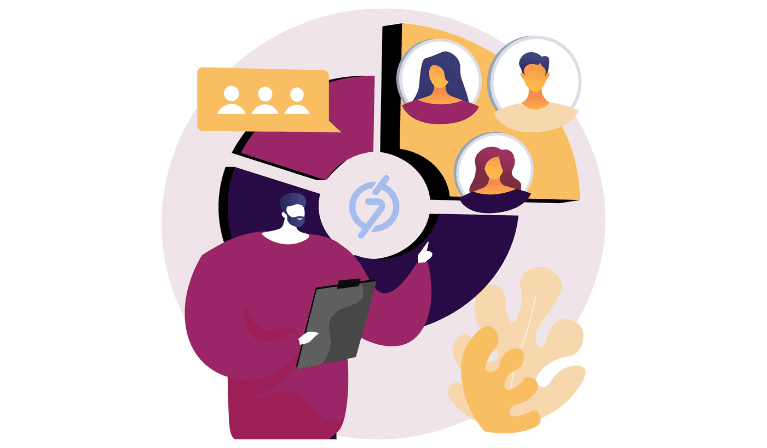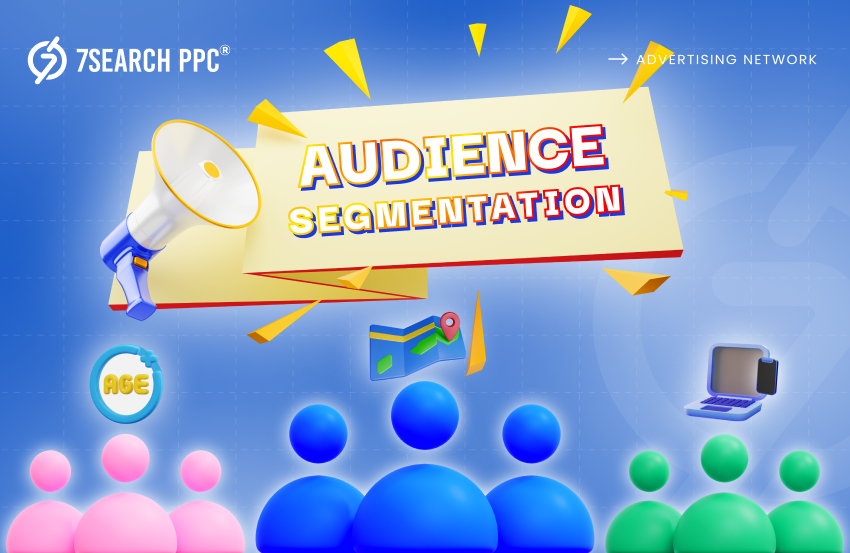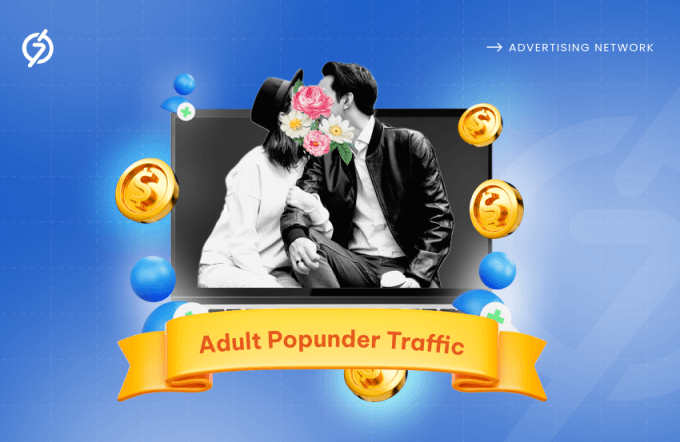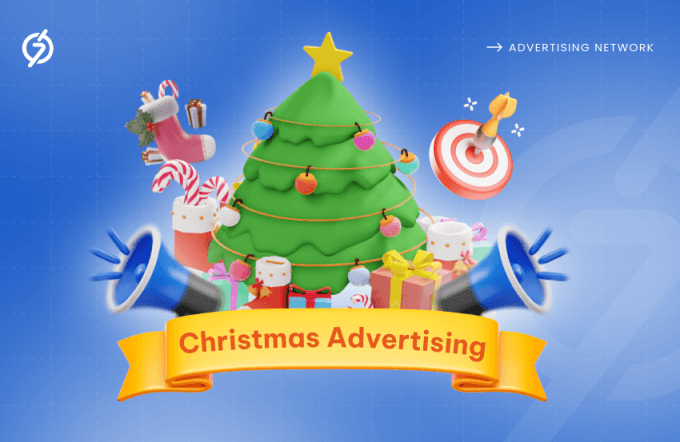Android or iOS? The debate is endless—some rely on Android, and others can’t live without iOS. Your choice might depend on your preferences, but for brands, it comes under audience segmentation.
Imagine standing in a marketplace, trying to deliver an important message related to the product that you sell, but everyone is talking, distracted, or simply not interested. Frustrating, isn’t it? This is what marketing feels like without audience segmentation.
But what if you could identify the people who are genuinely interested in what you have to offer? What if you could deliver targeted messages that make a quick impact on your audience? That’s the real power of segmenting the audience based on the nature of your offerings.
Filtering your audience is not as complex as it might sound. It’s a simple process that requires a strategic approach and a bit of research. If you’re struggling to filter your audience because your targeting range is too broad, this blog will guide you.
Keep reading to learn more!
Audience Segmentation: Tailor Your Strategy for Maximum Impact
There are billions of people, but no one guarantees that all of them have similar tastes or behaviors. For instance, if you like to search for a product during the day, some people might take time at night to do so.
Here, behavior is different, right? Earlier, it was difficult for businesses to target their audiences with this type of behavior, but now, with the help of audience segmentation, it has become easier.
This is the process of dividing a large number of people into smaller, more specific groups based on shared characteristics like:
- Age,
- Interests,
- Location,
- Behavior.
This segmentation helps businesses deliver the right products and services in front of their audience through targeted ads, increasing engagement, as most people prefer a personalized experience.
Why Audience Segmentation Matters for Your Business
According to Marketo, 80% of companies use a segmentation process to achieve their quarterly and yearly goals. Here’s why audience segmentation matters for your business:
Better Understanding of Your Customers
To whom are you selling your products? You would say,’ to your customers.’ If you fail to understand their taste and behavior, how can you target them effectively? Audience segmentation helps you divide your customers into smaller, specific groups.
By understanding their needs, preferences, and behaviors, you can create targeted campaigns that are only made for your audience. This marketing strategy leads to stronger customer relationships and higher satisfaction levels.
Improved Marketing Efficiency
Resources are limited for businesses, and they can’t afford to invest in things that are essentially a waste, like a fire where resources are burned with no return. We believe that such a decision could misdirect marketing efforts toward loss.
With target market segmentation, you can focus your online marketing efforts on the right audience. Instead of wasting resources on a broad approach, you can allocate your budget to the segments most likely to respond. This increases ROI and saves time and money.
Personalized Customer Experience
Customers want to be fully satisfied with the products and services they purchase, but before that, they want to feel valued by the company. Audience segmentation enables businesses to deliver personalized content, offers, and services. Addressing customers’ unique needs makes them feel valued, which increases loyalty to the brand.
Increased Conversion Rates
The end goal of any business always remains the same: to increase conversions. The primary goals might differ—some want brand awareness, and some look to drive traffic—but in the end, their desires meet on the same road: more and more conversions.
Targeting specific audience segmentation with relevant messaging improves conversion rates. When people see offers and messages that match their interests, they’re more likely to take action, whether it’s making a purchase or signing up for a service.
Enhanced Product Development
Customers are the real kings, and to be honest, this is a fact that is not only mentioned in business and marketing books but also seen in practical examples. The days are gone when customers used to change their tastes according to the availability of products in the market.
Now, businesses are changing their products and services according to the tastes of consumers because they are free to go anywhere they can get value, and you can’t stop them.
Audience segmentation provides insights into what different groups of customers want. By analyzing their feedback and preferences, you can develop or improve products and services to meet their expectations. This keeps your offerings relevant and competitive in the market.
Two Main Factors in Audience Segmentation
The two main factors in segmenting your audience are:
Traits
Traits are the key qualities that make a person who they are. They include anything from personality and values to how they deal with life. Are they adventurous or prefer staying home? Do they focus more on family or work? Finding these traits might take time, but when businesses succeed in finding them, they can design and promote their offers according to them, which significantly increases sales.
Attributes
Attributes are easy to spot and include things like age, gender, location, income, job, and even online activities (like websites they visit or things they buy). These details help you understand your audience better on a basic level.
With this information, you can include or exclude certain groups based on what your products are. For example, if your business is in the iGaming or adult entertainment industry, you might focus on attributes like location and gender to target the right audience.
Effective Strategies to Segment Your Audience
Segmenting your audience is very important for delivering personalized and effective marketing messages. Here are some criteria that can help you segment your audience and increase your reach:

Demography
Demographic segmentation means filtering your audience based on many factors:
- Age,
- Gender,
- Income,
- Education,
- Occupation,
- Job.
It helps you better understand your audience and create messages that match their needs and interests. For example, one apparel company offers products for various age groups, such as kids, adults, and elderly citizens. By segmenting their audience based on demographics, they can design their marketing approach accordingly.
Geography
Geographic segmentation divides your audience based on the current location where they live, like:
- Country,
- City,
- Region,
- Timezone,
- GPS Location.
Audience segmentation based on these criteria helps you customize your campaigns to meet local needs. For example, you can promote winter clothes in colder regions and light clothes in warmer ones. You can also target locations based on some festivals, such as Christmas in the USA and Diwali in India.
Psychography
Psychographic segmentation categorizes their audience based on the following criteria;
- Lifestyle,
- Values,
- Interests,
- Personality,
- Opinions.
This type of segmentation is completely different from geography and demography segmentation, as there’s no guarantee that two people living in the same country, belonging to the same age group, and using the same device will have the same preferences. Their opinions might differ, and based on that, businesses can decide whether their products and services align with those preferences or not.
Behavior
Behavioral segmentation involves understanding how the audience interacts with a brand and its regular activities. Based on this, brands segment their audience. This could be anything like:
- Purchase History
- Browsing Habits
- Engagement Frequency
- Brand Loyalty
- Response to Promotions
An online electronics store can track what people look at on the site. For example, if someone often visits the smartphones section but hasn’t bought anything, the store can create a group for them.
Then, they can send online ads or offer discounts through digital marketing campaigns on smartphones to encourage them to make a purchase. By doing this, they can get target traffic.
Conclusion
Audience segmentation is the right process for businesses to reach the right people, increase engagement, and get better results. It clearly shows the brands to target those people that really matter for their offerings.
By understanding your audience’s habits, preferences, and traits, you can create marketing campaigns that feel personal and relevant. In this blog, we have discussed everything related to audience segmentation. Whether you focus on factors like age, location, interests, or behavior, targeting the right groups helps you use your resources wisely and achieve better outcomes.
Frequently Asked Questions (FAQs)
What is audience segmentation?
Ans. This is the process of dividing your overall audience into smaller groups depending on shared characteristics like age, interests, location, and behavior.
Why is audience segmentation important for businesses?
Ans. It is important for businesses because it helps them better understand their customers, improve marketing efficiency, personalize customer experiences, increase conversion rates, and enhance product development.
What is geographic segmentation?
Ans. Geographic segmentation refers to segmenting an audience by geographical location. In other words, you divide your audience based on location, such as country, city, region, or even time zone.
How often should I review and adjust my audience segments?
Ans. We recommend reviewing your audience segments regularly to ensure they remain relevant and effective. As your business expands, your audience will grow at the same pace, so it’s important to adjust your segmentation accordingly.
Can I use multiple segmentation methods at once?
Ans. Yes, you can combine different segmentation methods to create and launch more targeted and effective online marketing campaigns. When you combine different segmentation methods, you can easily determine the best audience for your products and services.
















![Sports Advertising Campaign Ideas: [2026 Events + Ad Strategies Explained] 7 Sports Advertising](https://www.7searchppc.com/blog/wp-content/uploads/2025/11/Sports-Advertising-680x442.png)

